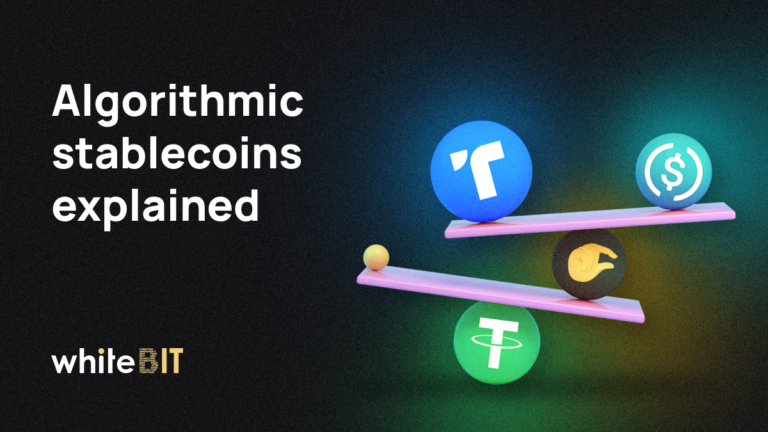Revolutionizing Legal Compliance with JTC Network

Understanding JTC Network’s Legal Framework
The intersection of blockchain technology with legal systems represents a pivotal advancement in the digital age, addressing the critical challenge of enforcing legal rights within the decentralized blockchain framework. The essence of blockchain, as pioneered by Satoshi Nakamoto with Bitcoin, lies in its decentralization and resistance to authoritative control, marking a significant leap forward in fostering societal innovation and autonomy. However, the inherent limitation of enforcing legal rights on blockchain platforms has restricted their applications, confining activities primarily to speculative trading and mechanistic operations that bypass legal considerations.
The advancement proposed by Jurat technology aims to bridge this gap, ensuring that blockchain can serve as the backbone for mainstream commerce in alignment with Web3 ambitions. It seeks to offer the certainty of effective legal enforcement without compromising the core values of blockchain: decentralization, cryptographic security, self-custody, and anonymity. Jurat’s approach adheres to five foundational principles to maintain the integrity and functionality of blockchain technology while integrating judicial enforcement mechanisms.
- Preservation of Native Protocols: Jurat ensures that enforcement mechanisms do not dilute blockchain’s inherent features, maintaining complete decentralization and its native attributes.
- Elimination of Intermediaries: In keeping with decentralization, Jurat facilitates direct understanding and implementation of court orders by the blockchain, circumventing the need for attorneys and not imposing additional requirements on judges.
- Protection Against Government Misuse: By requiring court approval, Jurat places a judicial check on the potential abuse of power, ensuring that official actions are legally and constitutionally grounded.
- Security Through Decentralized Consensus: Jurat’s design confines judicial enforcement to the blockchain’s transaction confirmation operational protocols, leveraging consensus-proof methods to authenticate judicial orders and mitigate new security risks.
- Ledger Immutability: Jurat respects the blockchain principle of immutability, proposing remedies for illegal transactions through new entries rather than altering past transactions.
This innovative approach promises to enhance blockchain’s appeal for mainstream commercial use by ensuring legal enforceability and strengthening the network’s security against criminal activities. Jurat exemplifies the potential for blockchain interoperability with state and federal legal systems, offering a sophisticated mechanism for regulators and courts to enforce laws without undermining the decentralized essence that defines blockchain technology.
Blockchain’s Solution for Legal Enforcement
Jurat technology revolutionizes legal enforcement within the blockchain, enabling regulators, banks, and governments to address compliance issues directly. This innovative approach maintains blockchain’s decentralization and immutability while facilitating legal recourse.
The process begins when a party creates a Jurat Request ID, representing the desired blockchain ledger state change, to rectify a violation of rights. This ID is central to the legal action filed, seeking judicial approval for the requested change.
Upon court agreement, evidenced by a ruling that includes the Request ID, Jurat-enabled blockchains access this decision directly from electronic dockets, ensuring transparency and verifiability of the judicial intervention.
Enforcement is triggered when the successful litigant submits a transaction message to the network detailing the court-ordered transaction and referencing the judicial decision. Nodes verify the transaction against the court order in the docket. If matched, the transaction executes without the affected account’s signature.
This mechanism allows for direct, efficient legal enforcement on the blockchain, enhancing compliance and security within the digital asset ecosystem and fostering a regulated environment where legal rights are enforceable on-chain.








